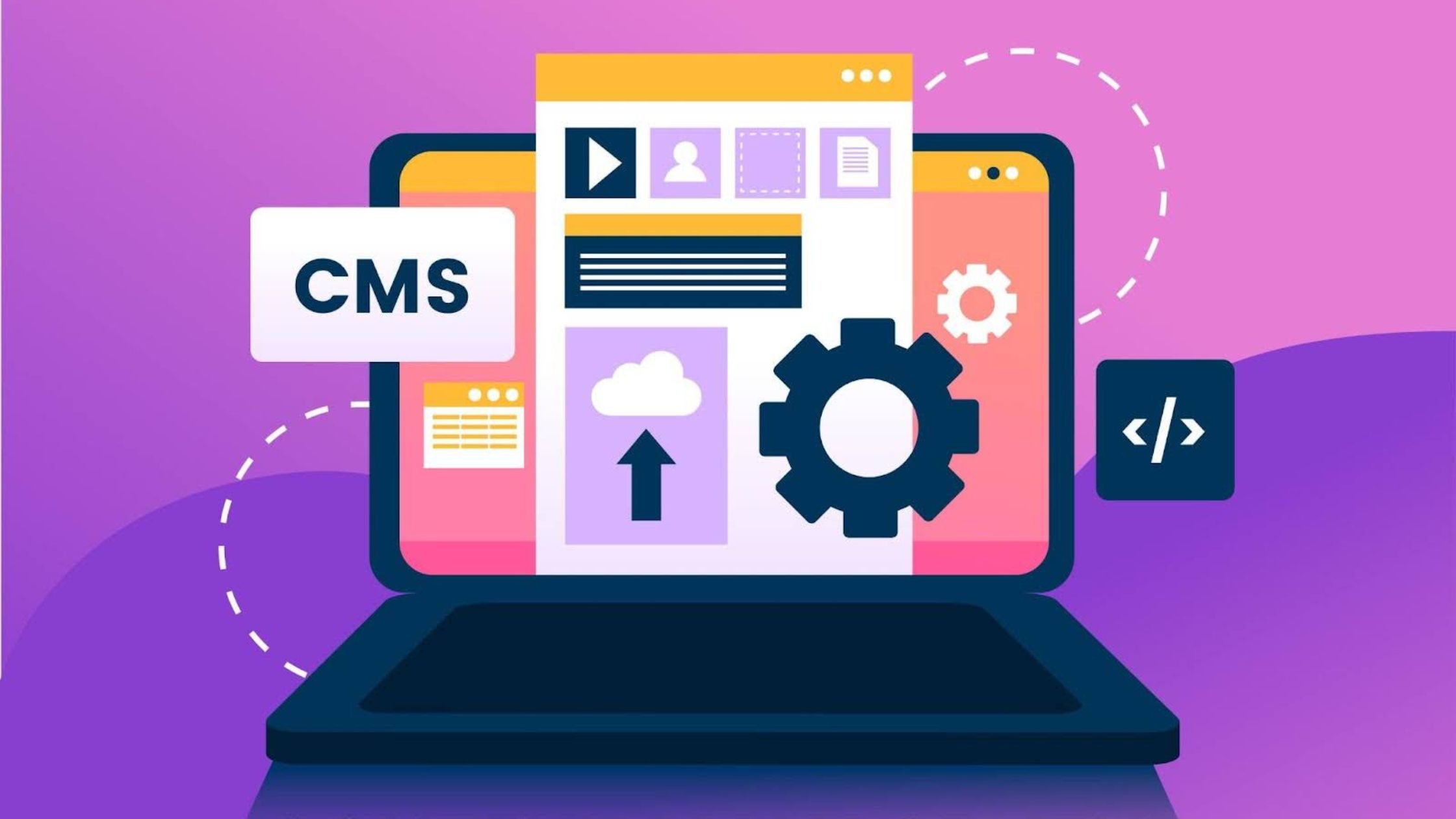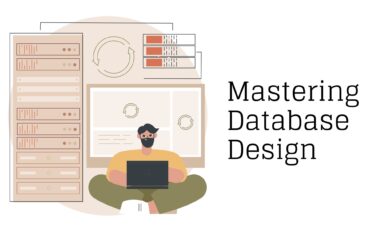
In today’s digital age, managing and organizing content online has become essential for businesses, organizations, and individuals alike. This is where a Content Management System (CMS) come into play.
AlgoRythm Solutions can provide you the service to Integrate CMS in your existing system or can help you create a new CMS based on your customized requirements.
What Is A Content Management System?
A Content Management System, commonly referred to as CMS, is a software application that allows users to create, manage, and publish digital content on the internet. CMS platforms provide users with an intuitive and user-friendly interface to easily create and modify website content without the need for coding knowledge.
Some popular CMS platforms include WordPress, Joomla, Drupal, and Shopify, each offering its own unique features and functionalities to cater to different website needs.
Understanding The Components Of A Content Management System
1. Content Creation Tools
These tools allow users to create and format content. They typically include:
- WYSIWYG Editors: “What You See Is What You Get” editors that allow users to create and format text and media visually, similar to a word processor.
- Markdown Editors: Simplified text formatting using plain text syntax.
- Media Management: Tools to upload, organize, and manage images, videos, and other media files.
2. Content Storage
This component involves databases and file storage systems that store the content.
- Database: Usually a relational database like MySQL, PostgreSQL, or NoSQL options like MongoDB to store content in a structured format.
- File System: For storing media files and other static content.
3. Content Management
These features allow users to organize and manage content.
- Taxonomies: Categories, tags, and other organizational structures.
- Version Control: Tracks changes and allows rollback to previous versions.
- Access Control: Permissions and roles to control who can view, edit, or publish content.
4. Content Publishing
Tools to publish content to a live environment.
- Publishing Workflows: Processes to move content from draft to review to publication.
- Scheduling: Options to schedule content to be published at a future date and time.
- SEO Tools: Features to optimize content for search engines, including meta tags and URL management.
5. Presentation Layer
The front-end components that display the content to end-users.
- Templates: Pre-designed layouts and themes that define the look and feel of the website.
- Rendering Engine: Converts the stored content into HTML/CSS/JavaScript to be viewed in web browsers.
- Responsive Design: Ensures that content displays correctly on various devices (desktops, tablets, smartphones).
6. User Management
Tools to manage users and their interactions with the CMS.
- Authentication: User login and registration systems.
- Roles and Permissions: Define what different types of users can do within the CMS.
- User Profiles: Manage user information and activity.
7. Plugins And Extensions
Additional functionalities that can be added to extend the CMS capabilities.
- Modules/Add-ons: Separate pieces of software that can be installed to add new features, like e-commerce, forums, or analytics.
- API Integration: Allows the CMS to integrate with third-party services or other applications.
8. Security Features
Mechanisms to protect the CMS and its content from threats.
- Data Encryption: Protects data in transit and at rest.
- Regular Updates: Ensures the CMS is up-to-date with the latest security patches.
- Firewalls and Monitoring: Protects against unauthorized access and monitors for suspicious activities.
9. Analytics And Reporting
Tools to track and analyse the performance of the content and user engagement.
- Traffic Analysis: Monitors visitor numbers, page views, and user behaviour.
- Content Performance: Tracks metrics like views, shares, and comments.
- Custom Reports: Allows administrators to generate reports tailored to specific needs.
Assessing Your Website Needs: Determining If A Content Management System Is Necessary
Determining if a Content Management System (CMS) is necessary for your website involves assessing your website’s specific needs and future goals. Here are the key considerations to help you decide:
1. Content Volume And Frequency
- Frequent Updates: If your site requires regular content updates, a CMS can streamline the process.
- Large Content Library: For websites with extensive content (articles, blogs, videos), a CMS can help manage and organize this efficiently.
2. User Roles And Collaboration
- Multiple Contributors: If you have a team of content creators, editors, and managers, a CMS with role-based access and workflows can facilitate collaboration.
- Access Control: Determine if you need to control who can create, edit, and publish content.
3. Technical Expertise
- Non-Technical Users: A CMS allows users without technical skills to manage the website, reducing reliance on web developers.
- Ease of Use: Evaluate if a CMS’s user-friendly interface will benefit your team.
4. Scalability And Growth
- Future Expansion: If you plan to scale your website (more pages, new sections), a CMS provides the flexibility to grow without extensive redevelopment.
- Multiple Websites: For managing multiple sites or multilingual content, a CMS can streamline administration.
5. Design And Customization Needs
- Frequent Design Changes: If you frequently update your site’s design or layout, a CMS with customizable themes and templates can simplify this process.
- Brand Consistency: Ensure your design remains consistent across all pages and content types.
6. SEO And Marketing
- SEO Management: A CMS often includes SEO tools to optimize content for search engines.
- Marketing Integration: Consider if you need integrated marketing tools (social media, email marketing).
7. E-commerce Requirements
- Online Store: If your website includes e-commerce functionality, a CMS with built-in e-commerce tools can manage products, orders, and customer data efficiently.
8. Content Management System Features
- Media Management: Determine if you need robust tools to handle images, videos, and other media.
- Content Organization: Evaluate if categorizing and tagging content will help manage it better.
9. Budget And Resources
- Cost: Assess the cost of implementing and maintaining a CMS versus developing and managing a custom-built site.
- Resource Allocation: Determine if you have the resources (time, personnel) to manage a CMS.
10. Security And Compliance
- Data Protection: If you handle sensitive data, a CMS with strong security features and regular updates is crucial.
- Regulatory Compliance: Ensure the CMS supports compliance with relevant regulations (GDPR, HIPAA).
11. Analytics And Reporting
- Performance Tracking: If tracking content performance and user behavior is important, a CMS with integrated analytics will be beneficial.
- Custom Reports: Evaluate if you need the ability to generate detailed reports on content and user interactions.
Conclusion
In conclusion, Content Management Systems play a crucial role in simplifying content management, enhancing collaboration, and optimizing websites for success in the digital world. Whether you need a CMS or not ultimately depends on your unique needs and goals, but it is undoubtedly a valuable tool for many businesses and individuals in today’s digital landscape.


